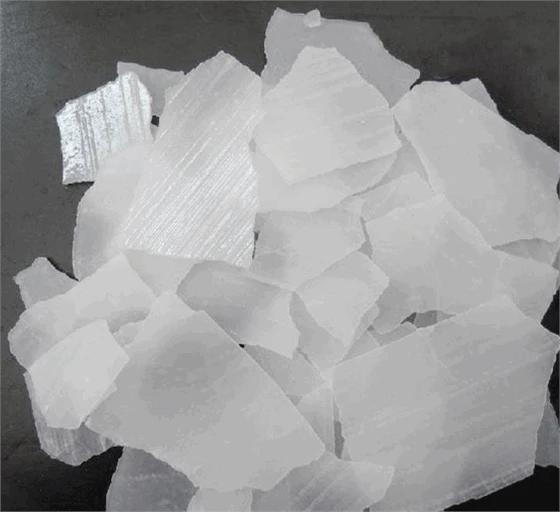



Chlorine Dioxide's Effectiveness Against Parasites and Its Potential Health Benefits
Chlorine Dioxide and Its Potential Role Against Parasites
Chlorine dioxide (ClO₂) is a chemical compound that has garnered attention for its disinfectant properties and potential applications in various fields, including medicine and agriculture. However, its role in combating parasites has been a subject of debate and research. In this article, we will explore what chlorine dioxide is, how it works, and its potential effectiveness against parasites.
Understanding Chlorine Dioxide
Chlorine dioxide is a pale yellow gas that is soluble in water and is primarily used as a bleaching agent and disinfectant. It is known for its ability to kill bacteria, viruses, and some fungi, making it a popular choice for water treatment and sanitation processes. Unlike chlorine, which is often used for similar purposes, chlorine dioxide does not form harmful byproducts when it reacts with organic matter, making it a safer alternative for disinfection.
In recent years, there have been claims that chlorine dioxide can also be used to treat parasitic infections, with advocates promoting its use as a miracle cure for various health issues, including those caused by protozoan and helminth parasites. However, the effectiveness and safety of chlorine dioxide for such purposes remain contentious.
Mechanism of Action Against Parasites
Chlorine dioxide works primarily through oxidation. When introduced to a biological system, it acts by disrupting cellular structures, including cell membranes, proteins, and nucleic acids. This mechanism can potentially affect a wide range of microorganisms, including bacteria, viruses, and parasites.
chlorine dioxide parasites

For parasites, particularly protozoa such as Giardia and Entamoeba histolytica, chlorine dioxide could have the ability to damage the cellular membranes or interfere with metabolic processes, thereby inhibiting their growth and reproduction. In the case of helminths (worms), the efficacy of chlorine dioxide is less straightforward, as these organisms may have different structures and metabolic pathways that could render them less susceptible to such chemical treatments.
Research and Controversy
The use of chlorine dioxide against parasites has not been exhaustively studied, and the results from available research are mixed. Some studies suggest that chlorine dioxide can effectively reduce parasitic load in certain experimental settings. However, many of these studies lack rigorous controls or have been conducted in vitro rather than in live organisms.
Moreover, the promotion of chlorine dioxide as a treatment for parasitic infections in humans has raised significant safety concerns. High concentrations of chlorine dioxide can be toxic, leading to adverse effects such as respiratory distress, nausea, vomiting, and severe irritation of the skin and mucous membranes. Regulatory bodies, including the U.S. Food and Drug Administration (FDA), have issued warnings against the ingestion of chlorine dioxide, emphasizing that it is not approved for human consumption and could be dangerous.
Conclusion
While chlorine dioxide has proven to be an effective disinfectant, its role as a treatment for parasitic infections remains uncertain and controversial. Much of the existing evidence supporting its use in this context is anecdotal or based on limited studies. As with any chemical treatment, the potential benefits must be weighed against the risks and toxicities associated with its use.
If you suspect a parasitic infection, it is essential to seek guidance from healthcare professionals who can provide evidence-based treatments that are safe and effective. The exploration of new therapies in the fight against parasites is ongoing, but the focus should always be on treatments that have been thoroughly researched and validated for safety and efficacy. As such, while chlorine dioxide may hold some potential, it is not a panacea for parasitic infections and should be approached with caution.
-
Why Sodium Persulfate Is Everywhere NowNewsJul.07,2025
-
Why Polyacrylamide Is in High DemandNewsJul.07,2025
-
Understanding Paint Chemicals and Their ApplicationsNewsJul.07,2025
-
Smart Use Of Mining ChemicalsNewsJul.07,2025
-
Practical Uses of Potassium MonopersulfateNewsJul.07,2025
-
Agrochemicals In Real FarmingNewsJul.07,2025
-
Sodium Chlorite Hot UsesNewsJul.01,2025










